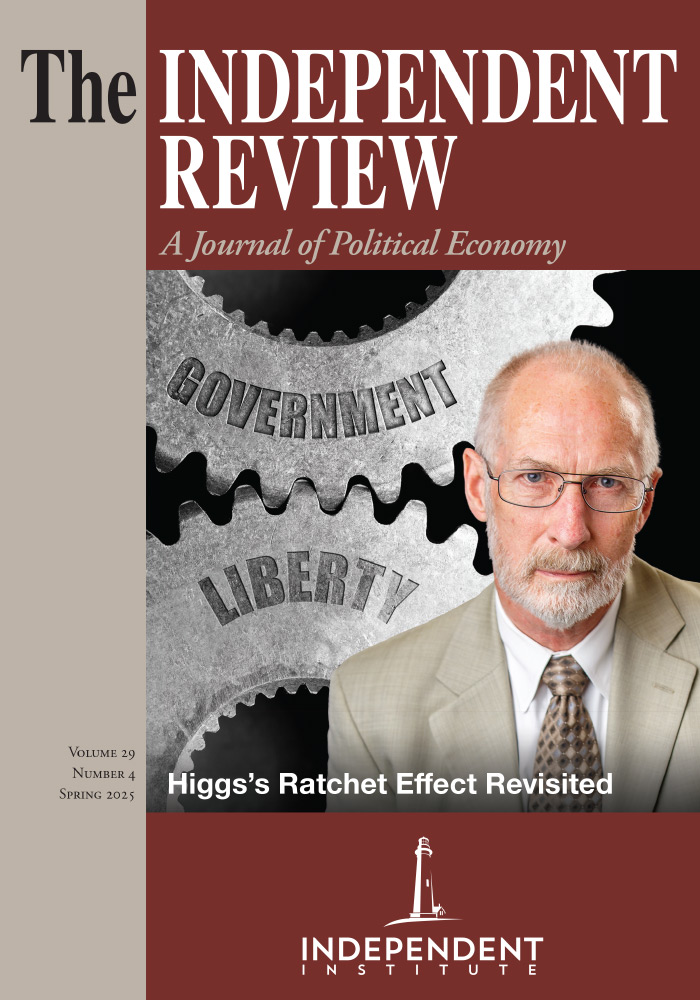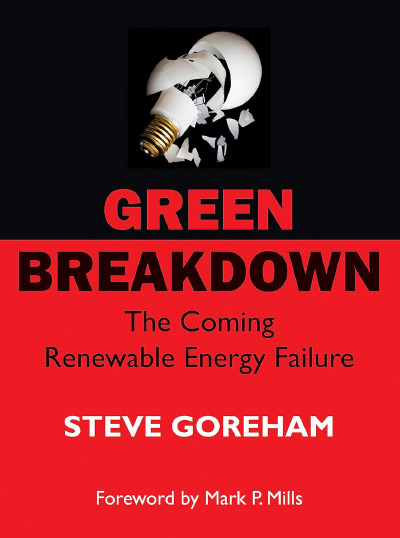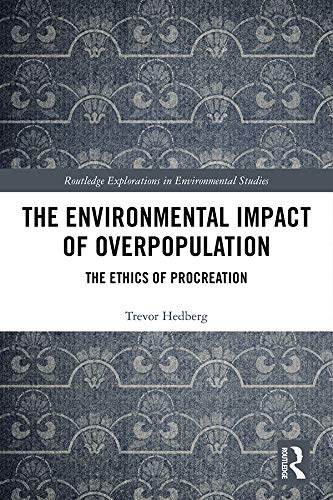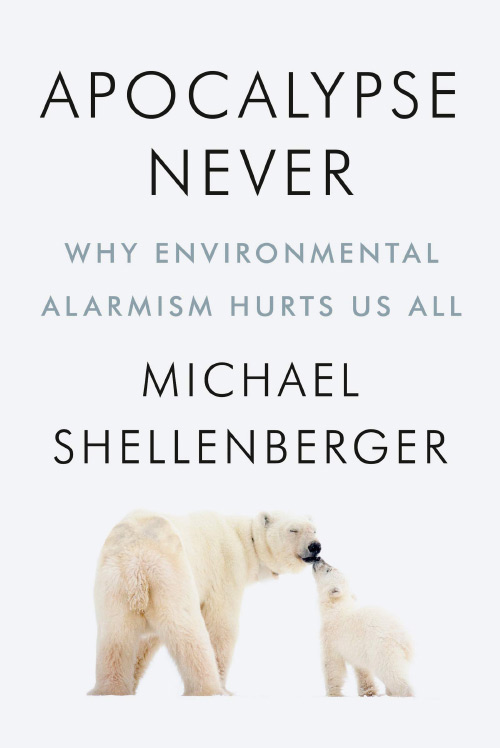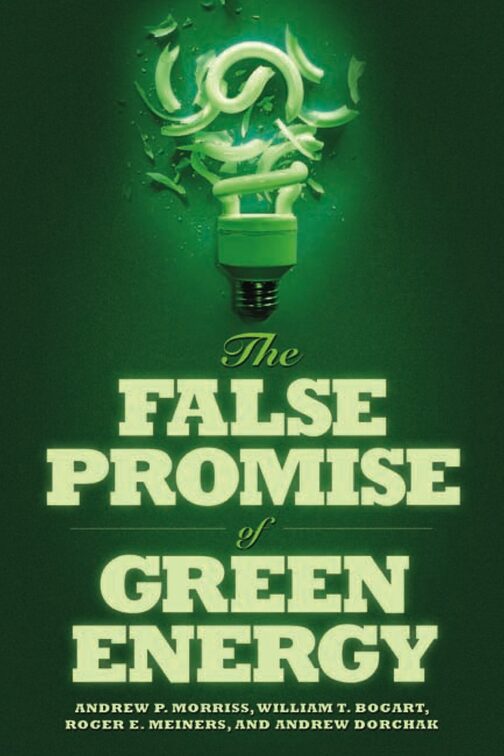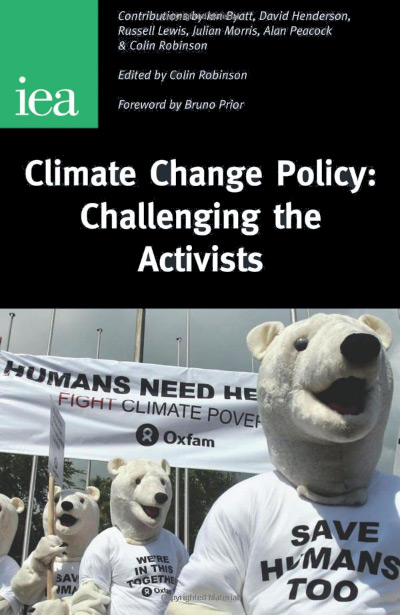Late last year, the Good News Network published a story celebrating a milestone: Renewable electricity generation overtook fossil fuels in the UK for the first time ever in a calendar year! Steve Goreham, Executive Director of the Climate Science Coalition of America, would argue that the celebration is unwarranted. This is, in fact, bad news. Renewable energy is generally very costly, unreliable, and not a sensible solution to society’s worries about climate change. If we continue to overdo the push for renewable energy, we are headed for trouble. It is a huge misallocation of resources, as its marginal costs substantially outweigh its marginal benefits.
Proponents of renewables cite spurious statistics claiming that renewables are now cheaper than fossil fuels. Such claims are based on ignorance of the true costs. The crux of the matter is that “wind and solar are intermittent generators, requiring dispatchable power sources, such as natural gas, as backup to assure power reliability” (p. 2). In fact, “as more and more renewables are added to power systems, 90 percent of traditional power plants must be retained as backup for wind and solar” (p. 101), according to a recent study in The Electricity Journal. When a new renewable power source goes online, a fossil fuel facility cannot be retired. It must continue to operate during the periods when the sun doesn’t shine and the wind doesn’t blow. Accordingly, “wind and solar deployments boost required system capacity, hike electricity prices,” and even “increase the risk of system blackouts” (p. 2).
Goreham suggests that his book provides a “minority point of view, but a view based on energy reality” (p. 4). Perhaps the easiest way to change people’s naïve view about renewables—to turn the minority view into the majority view—is to present information like that in the figure below (p. 95), which shows how expensive renewables are in practice. The bad news is that residential energy in “green” countries like Germany and Denmark is more than twice as expensive as in the United States and other countries that don’t rely on renewables very much.

And the trope that renewables are “green” ignores the facts that producing the components of wind turbines and solar panels require massive amounts of pollution and that more carbon dioxide in the atmosphere actually facilitates increased photosynthesis, which gives the planet a greener hue. Goreham cites an estimate from Venessa Haverd of Australia’s Commonwealth Scientific and Industrial Research Organisation that global photosynthesis has risen about 30 percent over the last century in concert with the rise in atmospheric carbon dioxide.
Fossil fuels’ prices have declined significantly due to recent developments such as fracking. Goreham cites a 2019 Council of Economic Advisers report, which estimates that the shale revolution has saved U.S. consumers $203 billion annually, as it has reduced domestic natural gas prices over 60 percent and led to a 45 percent decrease in the wholesale price of electricity. If fossil fuels generated very large negative externalities, it might still make sense to squelch them, forego these massive gains to consumers, and bite the bullet of doubling or trebling the price of electricity. Goreham doesn’t wade very far into debates over the marginal external costs of greenhouse gases, largely because he thinks fossil fuels generate positive externalities, not negative third-party effects. Policy makers, however, have been greatly influenced by research like that of Lint Barrage and Nobel-laureate William Nordhaus, whose DICE model estimates the social cost of carbon at about $62 per ton of carbon dioxide emitted in their cost/benefit optimal run. (I have adjusted their estimate of $50 to account for inflation.) Critics say that these estimates are useless, telling us “very little” about the true damages from carbon emissions, but let’s think about them anyway. Adding a $62 tax to natural gas would increase its price about 77 percent—which is still well below electricity prices in countries that rely extensively on subsidized renewables.
Of course, moving to even more renewables would push electricity prices up substantially and Goreham’s core point is that reducing net emissions of greenhouse gases to zero is simply infeasible—a pipe dream. The most important bottleneck is that electricity is exceedingly expensive to store. “Consulting firm Wood MacKenzie places global grid-scale battery energy-storage capacity at about 28 GWh for 2021.... This means that less than one watt-hour in every million watt-hours of electricity generated globally is stored in grid-scale batteries” (p. 108). Plans to grow this tenfold amount to almost nothing, given that to avoid the need for fossil fuel backup plants, power needn’t be stored merely overnight but for months on end due to massive seasonal fluctuations in solar and wind power production. Electricity storage arrays cost five to ten times as much as the wind arrays themselves—and only about 85 percent of the original charging electricity returns to the grid after discharge from grid-scale batteries. Goreham’s penetrating chapter on the obstacles facing one hundred percent renewable electricity is followed by convincing chapters on gas versus electric appliances (which exposes lies that natural gas appliances are a dangerous source of indoor air pollution); electric vehicles; powering ships, planes, and trains; and powering “heavy” industries (which shows that producing cement, steel, ammonia for fertilizers and plastics without fossil fuels is basically infeasible).
In addition, Goreham explains why power stations for electric vehicles aren’t a profitable investment, which is why 80 percent of electric vehicle (EV) charging in the U.S. is done in people’s homes, thus requiring another major expense to the EV buyer. “Most studies find that charging points can’t pay for themselves over a 10-year period. To compare, a $100,000 50 kW DC charger can charge an EV in 30 minutes and serve a maximum of 24 customers in a 12-hour day. A $20,000 gas station fuel pump can serve a driver in fewer than six minutes, or about 120 customers in a 12-hour day. The gas pump can serve five times the number of customers each day and costs one-fifth of the investment cost of a fast DC charger. As a result, most gas station owners are not very interested in providing EV chargers” (p. 143). And each EV on the highway replaces less than one internal combustion engine vehicle, because the average EV is driven only 5,300 miles per year, about half the miles of gasoline-powered cars.
An entire generation has been virtually brainwashed into thinking renewable energy is a panacea. It simply isn’t, as Steve Goreham clearly demonstrates. The only way to reverse the tide is to help people see the whole picture. This book certainly doesn’t do this all by itself. However, it presents the part of the picture that the mainstream media consistently leaves out, which is a real service. Why are so few books written to explain this part of the equation? Why, especially, do academics fail to fill this niche? Are their interests too narrow to ably cover the broad panorama that Goreham surveys? Do they simply think the monetary and career payoffs from writing such a book are unpromising? Is it a selection effect—academics are almost all on one end of the political spectrum? Or do they simply lack the spine?
Goreham’s bottom line is that net zero will not be accomplished by 2050, as activists desire, mainly because it is unachievable. Renewables aren’t up to the task. As they cause energy prices to soar, as people face bans on their favorite vehicles and appliances, and as power outages increase, the pushback against them will swell. But, reversing these failed policies will create big losses among renewable suppliers and their allies, so they will dig in. If we’re lucky—as books like this provide much-needed and overlooked information—we’ll be able to stop the renewables juggernaut before it causes the economy to break down.
| Other Independent Review articles by Robert M. Whaples | ||
| Spring 2025 | Millennials, Gen Zs, Capitalism, Socialism, and Confusion | |
| Spring 2025 | Not Stolen: The Truth about European Colonialism in the New World | |
| Spring 2025 | Heavy Metal: Earth’s Minerals and the Future of Sustainable Societies | |
| [View All (106)] | ||

